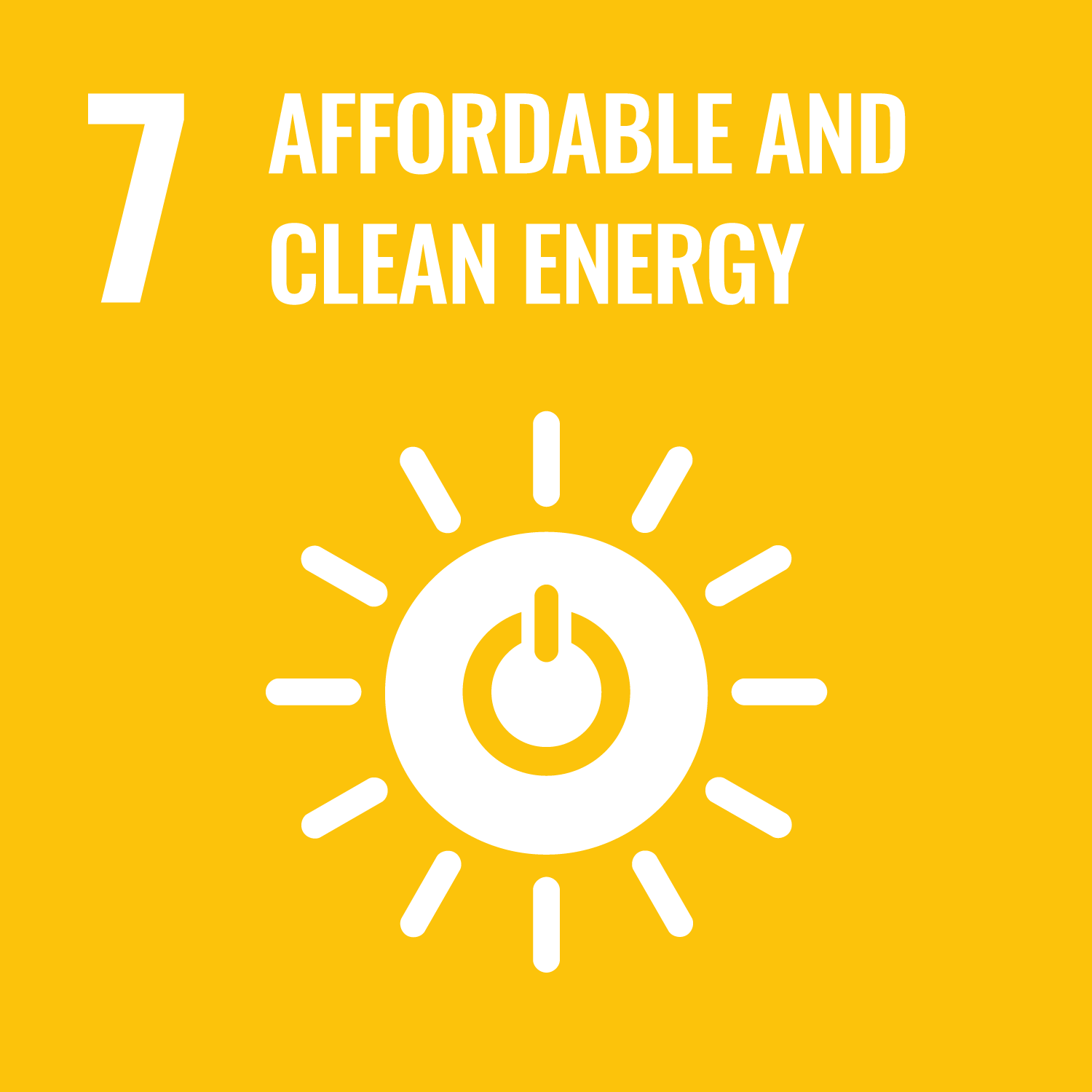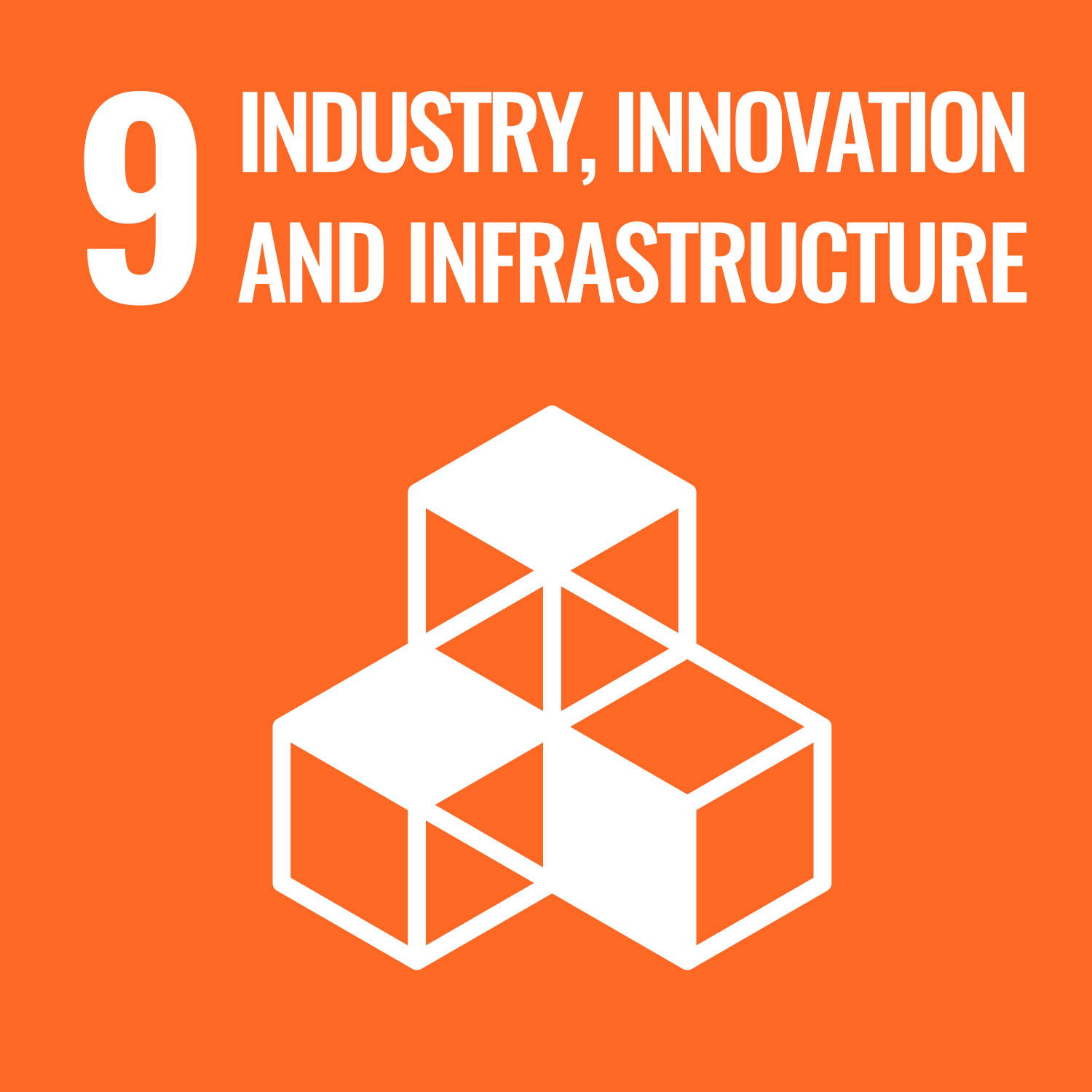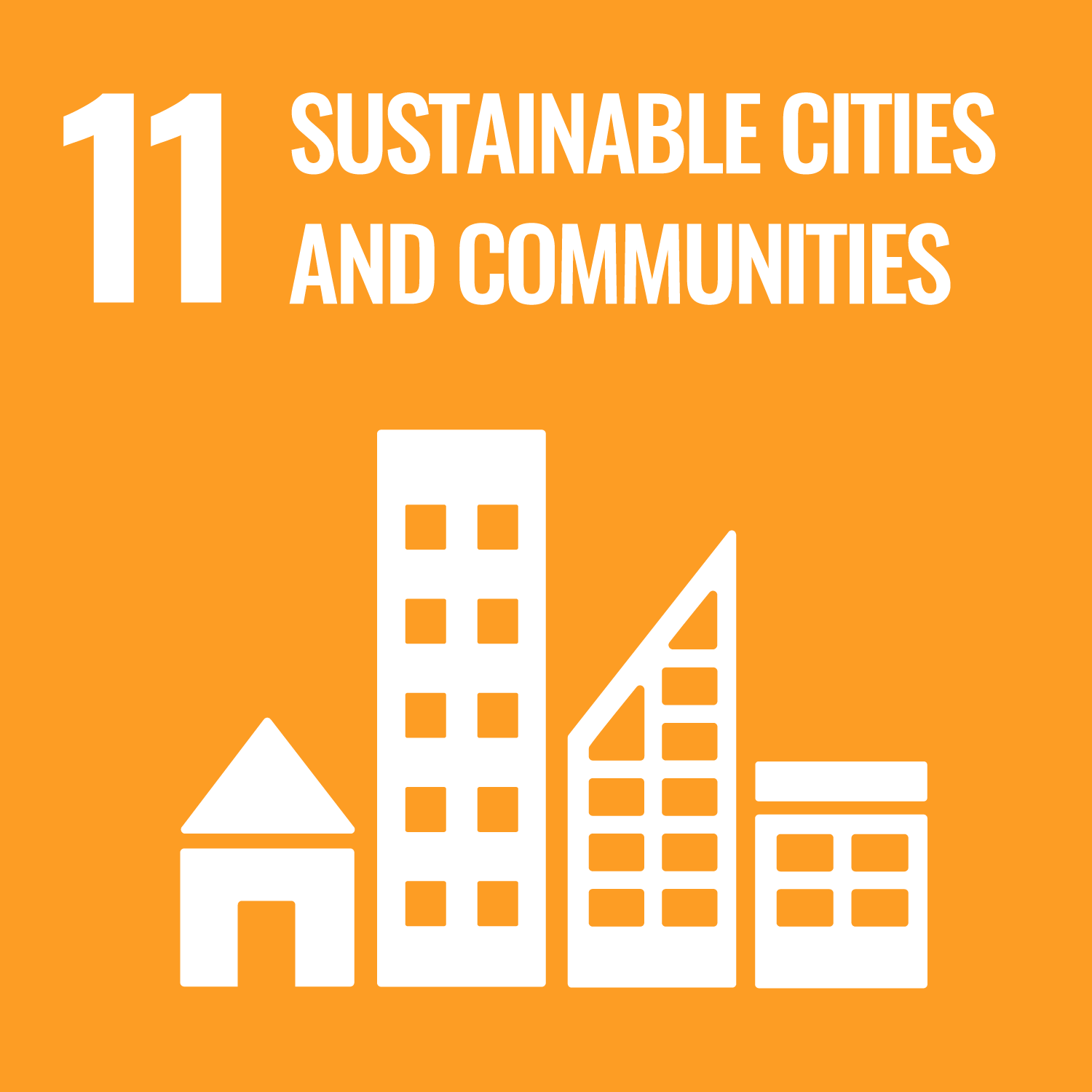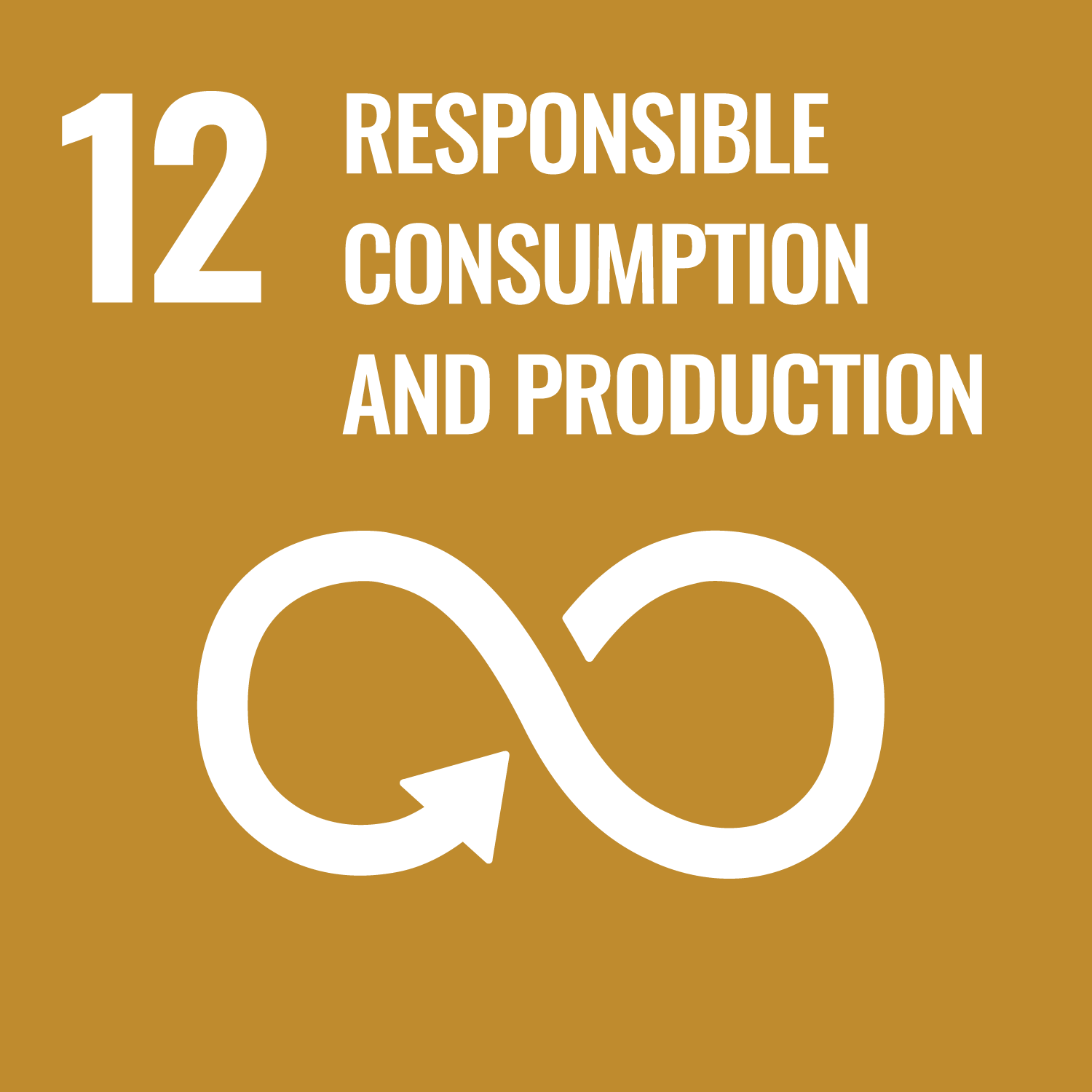LCS-FY2018-PP-13
Economy of Hydrogen and Ammonia by Coal Gasification and CO2 Emissions:
Study on Production and Logistics of Hydrogen and Ammonia by Coal Gasification with CCS
Summary
This proposal aims to clarify the cost and CO2 emissions of fuels (liquefied hydrogen and liquid ammonia) at the power plant in Japan delivered through the manufacturing and supply chain described as follows.
1) hydrogen is produced at the mining site by the coal gasification process with CCS and transported by the pipeline to the bay area. 2) after producing ammonia or hydrogen liquefaction, each fuel is shipped by the appropriate tanker transportation. This paper also aims to add and complement the already issued proposals [1,2]. By assuming that where the coal mining area is Australia, the coal type is brown coal and bituminous coal, the following knowledge and results have been obtained.
1) In spite of applying CCS process designed as 88% of CO2 capture rate, CO2 emissions at the gate of the power plant for both ammonia and hydrogen almost reaches to 40g/MJ, which is highly enough equivalent to about 70% of natural gas of 56g/MJ. In order to realize carbon free fuel, it is necessary to develop a CCS process having a high capture rate of more than 99% with lower cost.
2) It was found that the impact on hydrogen production cost and CO2 emission by the type of raw material (lignite, bituminous coal) was small under the current coal price.
3) The possibility of using ammonia as the fuel for power generation has been shown from the viewpoint of price and CO2 emission.






